Our latest project was for the City of Hickory and the Hickory Crawdad’s baseball team. This project consisted of installing two new walkways and then stamping the concrete with an antique brick pattern.
Once the area has been properly formed and graded the installation of new concrete can begin. We used a 3000-psi concrete with pea gravel for this project. Pea gravel is much easier to work with when stamping concrete.
For this pour we are using an integral color called brick red. Integral color is mixed into the concrete at the plant. This process allows for a more even color throughout the concrete.
In order to properly stamp concrete the concrete must be firm enough to withstand the pressure of the stamps and the individual(s) standing on the new surface. However it must be wet enough for the impression to take into the concrete.
Before the stamping process begins we spray a release agent onto the concrete. This allows the rubber stamps to pull away without sticking to the concrete. This is very similar to spraying a pan with cooking spray prior to cooking.
In order to give the new concrete a more natural look, we use a silicon based coloring agent.
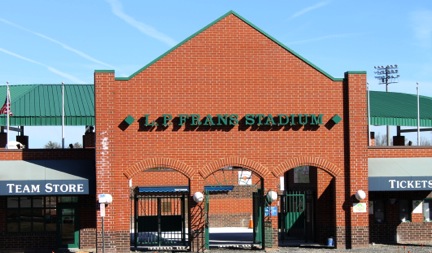
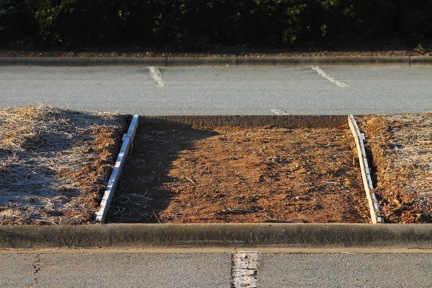
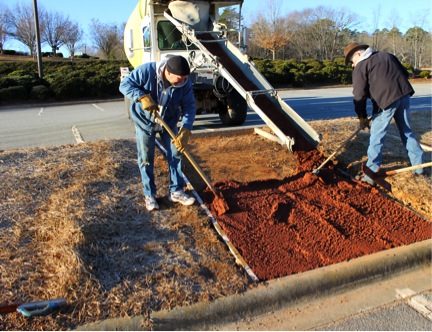
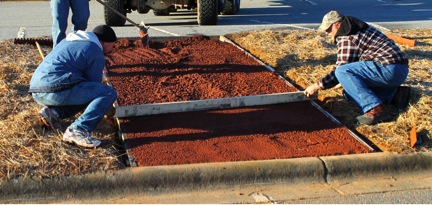
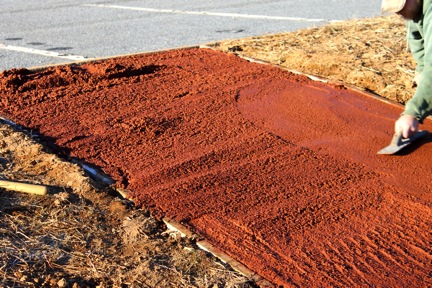
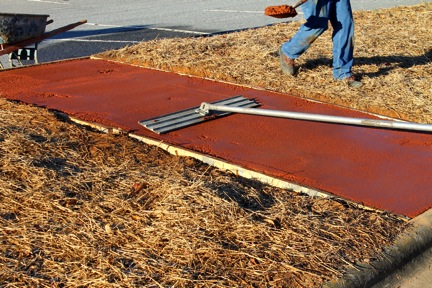
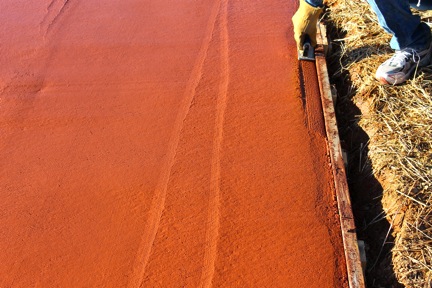
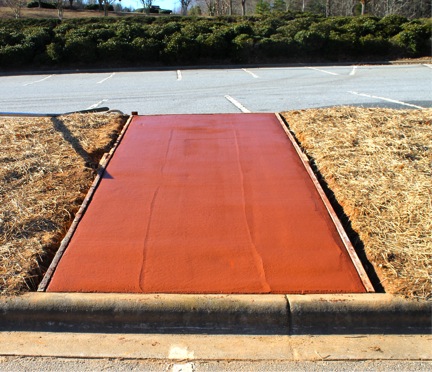
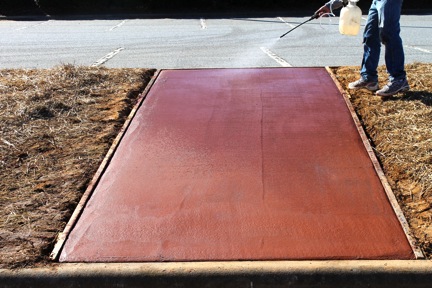
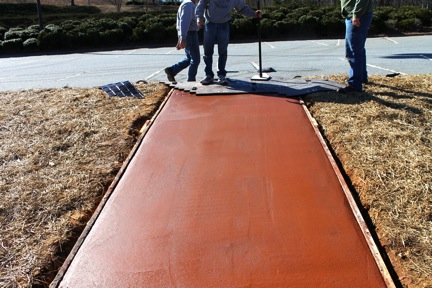
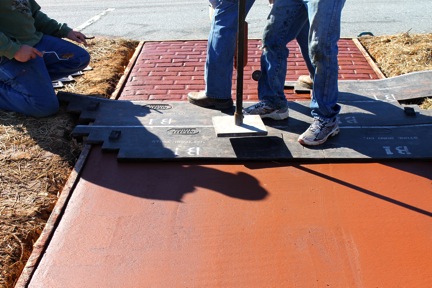
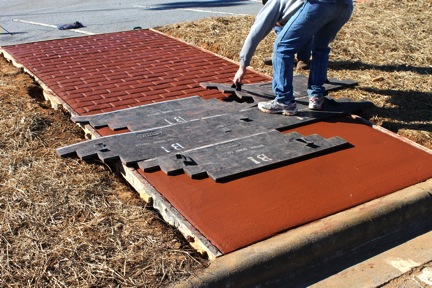
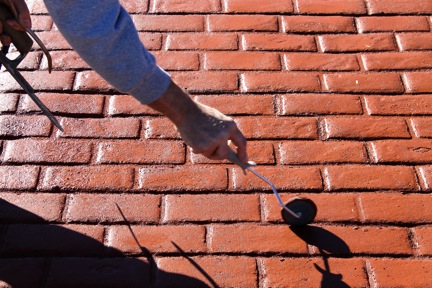
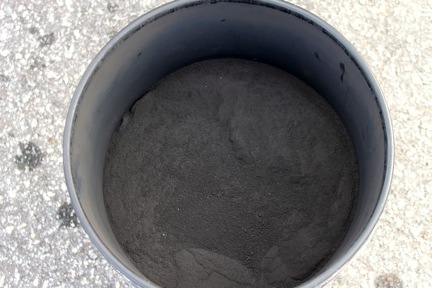
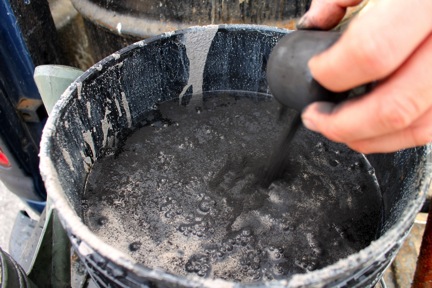
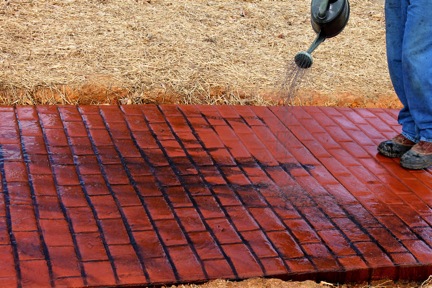
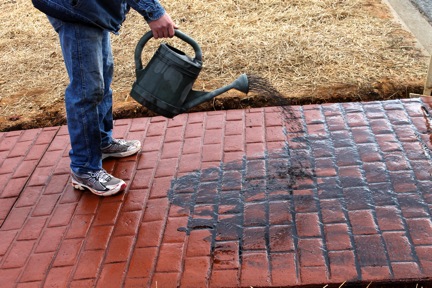
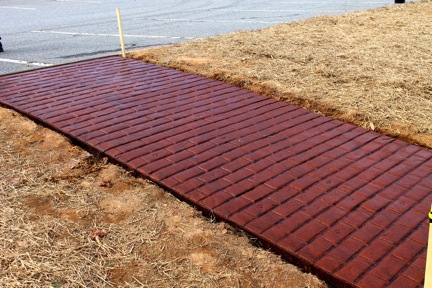
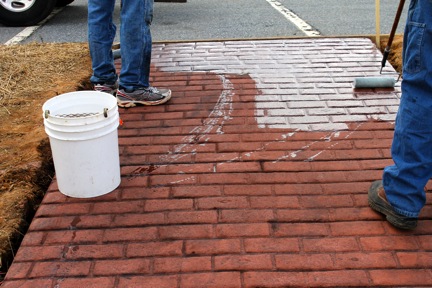
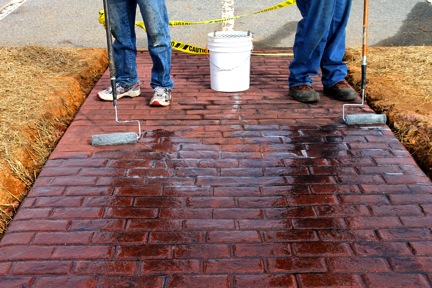
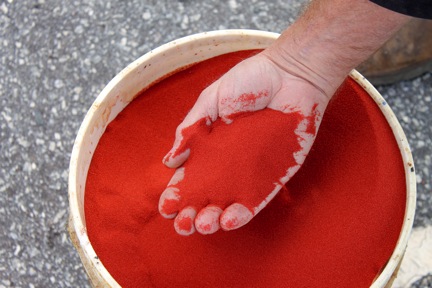
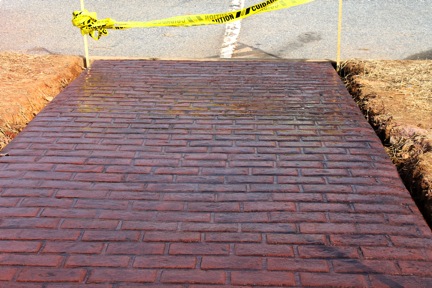
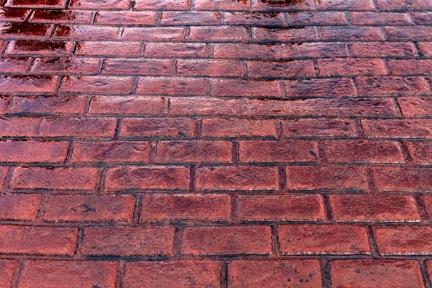
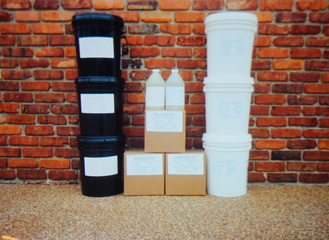
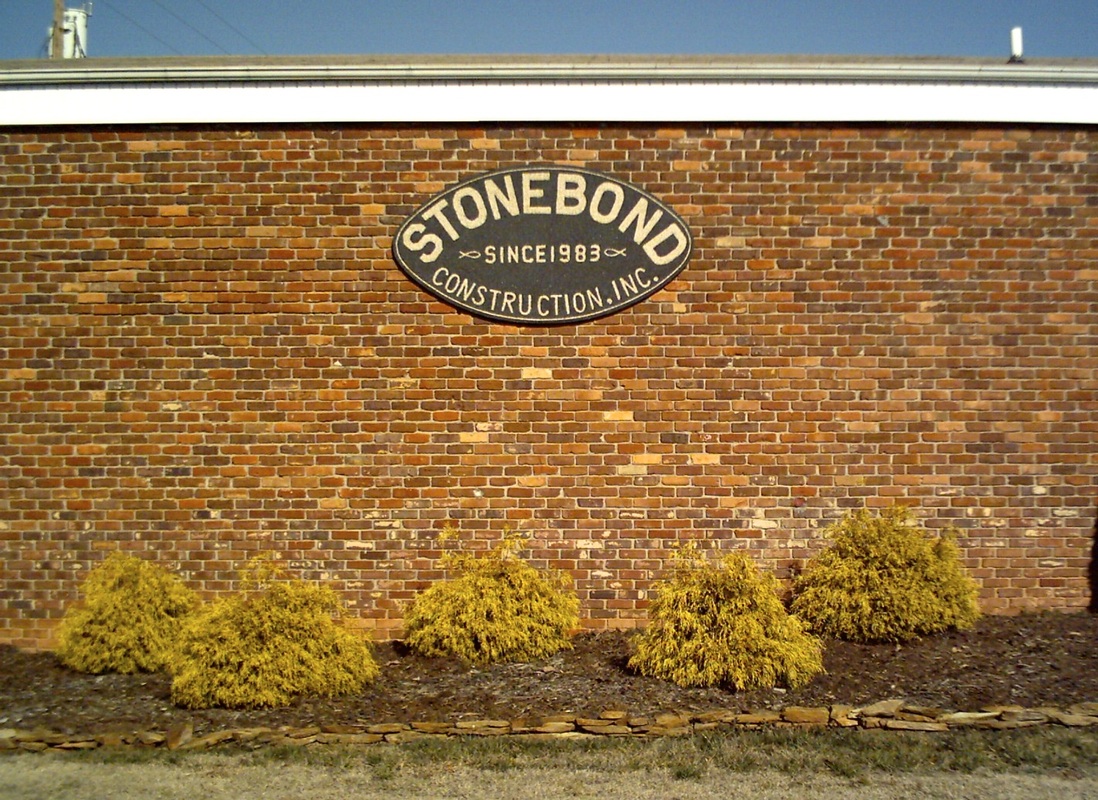
 RSS Feed
RSS Feed